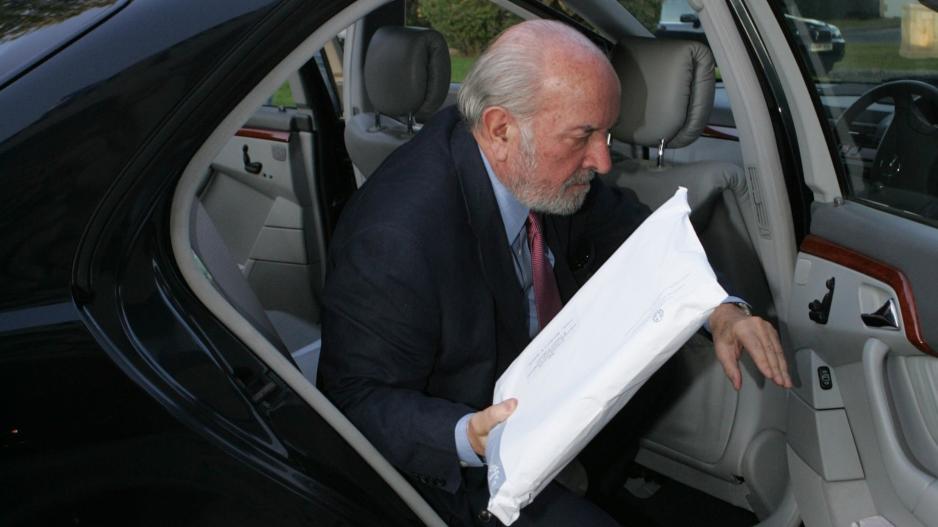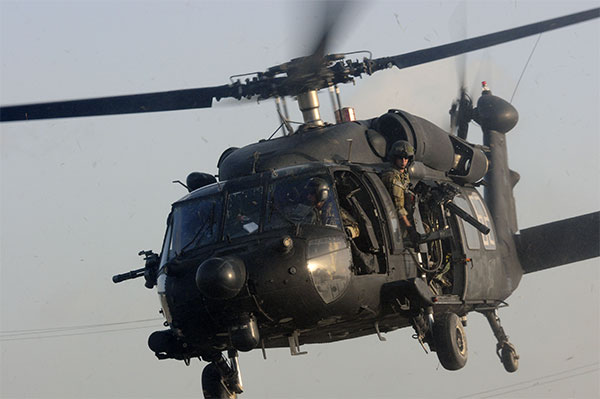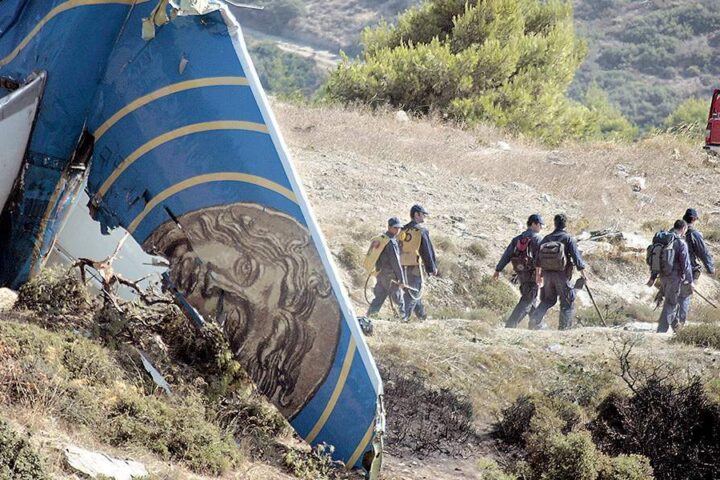Greek Akrivos Tsolakis, the head of the Helios airline crash investigation in 2005, died at 93 on Monday night.
The crash of Cypriot airline Helios Airways Flight 522 claimed the lives of 121 passengers and crew 18 years ago, on 14 August 2005.
Born in 1930 in Thessaloniki, Tsolakis graduated from the Hellenic Air Force Academy in 1950.
He entered the aeroplane safety field in 1959 when he moved to the US to study aviation and security at the University of Southern California.
When he returned to Greece, he founded the Army General Staff’s Flight Safety Directorate, and later, as a pilot for Olympic Air, he set up the airline’s flight safety department.
For some years, he worked as an aircraft captain at Olympic Aviation, flying all company aircraft types.
As a pilot, Tsolakis had 18,300 flight hours under his belt.
He was Olympic Airways’ director of Flight Safety, where he retired in 1990.
In 2001, he was appointed president of the newly established Greek Air Accident Investigation & Aviation Safety Board (EDAAP).
Under Tsolakis’ leadership, EDAAP investigated more than 250 air accidents, including the Aerosvit Flight 241 crash in Thessaloniki, northern Greece 1997, in which 70 people died.
While at the helm of EDAAP, he also investigated the case of the government jet that crashed in 1999, killing then Greece’s foreign minister Giannos Kranidiotis, his son and another five people.
In 2005, Tsolakis was appointed by the Cypriot government to lead the investigations into the Helios crash.
In his statements to the Cyprus News Agency in August 2022 on the crash anniversary, Tsolakis said it had left a permanent mark on him psychologically.
He described the fatal event as a “punch in the stomach” and the most tragic thing he had experienced in his life.
The crash of Helios Airways Flight 522 claimed the lives of 121 passengers and crew 18 years ago, in what went down as the worst civil aviation disaster in Cyprus and Greece’s history and one of the most puzzling.
The flight crew had become incapacitated shortly after take-off from Larnaca due to the loss of cabin pressure.
With passengers and crew all incapacitated due to the onset of hypoxia, the plane overflew Athens on autopilot and eventually entered a holding pattern north of the Greek capital.
With exhausted fuel, the aircraft began to descend and crashed into mountainous terrain about 40km north of Athens International Airport, its intended destination.
The subsequent investigation into the accident involving Flight 522 concluded that both maintenance crews and the pilots had failed to ensure the pressurisation system was set to ‘automatic’ before departure.










